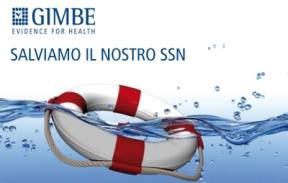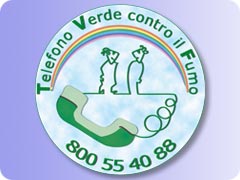All news by respiratory system pathologies
A useful management guide for preschool wheezing: bronchodilator response (BDR) by interrupter technique (Rint)

Recently, some authors examined relationships between clinical features and pulmonary function before and after inhaled corticosteroid (ICS) treatment in preschool children (from 2 to 6 years) with recurrent wheeze. To evaluate whether measuring bronchodilator response (BDR) could predict benefit from ICS.
In the study, prebronchodilator and postbronchodilator interrupter resistance (Rint) and symptom scores were measured at 0 (V1), 4 (V2) and 12 (V3) weeks. At V2, patients with a predetermined symptom level commenced ICS. Modified Asthma Predictive Index (mAPI) and parental perception of response to bronchodilator were recorded too. Response to ICS was defined as a reduction in daily symptom score of >0.26. Positive BDR was defined as fall in Rint of ≥0.26 kPa.s/L, ≥35% predicted or ≥1.25 Z Scores.
Authors concluded that Rint BDR may be helpful in selecting which wheezy preschool children are likely to benefit from ICS. Positive Rint BDR before ICS (at V1 and/or V2) was significantly associated with response to ICS on symptom scores at V3 (p<0.05). mAPI was not significantly associated with response to ICS, and parents' perception of response to bronchodilator was not related to measured Rint BDR.
Reference
Seddon PC, Willson R, Olden C, Symes E, Lombardi E, Beydon N. Bronchodilator response by interrupter technique to guide management of preschool wheeze. Arch Dis Child. 2023 Sep;108(9):768-773. doi: 10.1136/archdischild-2022-324496. Epub 2023 May 31. PMID: 37258055.






